Anand's Thoughts on the Kindle 2 and Marvell Making Affordable eBook Readers
by Anand Lal Shimpi on November 3, 2009 12:00 AM EST- Posted in
- Smartphones
- Mobile
2010 is supposed to be the year of many things. I’ve heard it called the year of Android and more recently, the year of the ebook reader.
I used to read a lot when I was a kid at the behest of my parents. My mom always tried to enforce a balance between video games and books. That unfortunately stopped as AnandTech took off. Most of my recreational reading turned into trying to understand datasheets or reading other reviews, the rest of the time was spent writing.
My first and only ebook reader was Amazon’s Kindle 2, and while it didn’t reinvigorate my passion for reading, it did a lot better than expected.
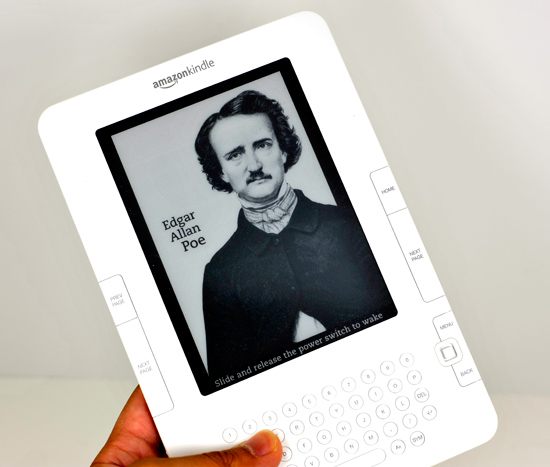
Amazon really got the form factor down perfect for the Kindle 2. For a rigid device, I don’t believe there’s a better formfactor than what Amazon managed with this thing. It feels comfortable in my hands and it’s thin and light enough that I don’t mind carrying it around. Give it a high res multitouch screen and I think this may be the ideal form factor for an Apple Tablet.
The Kindle 2 solves my problem of being stuck waiting somewhere with nothing to do. A couple years back I bought a few books that I wanted to start carrying with me so I had something to do if I was waiting for a meeting, appointment, ferry, whatever. A good idea, but in practice I almost never had the books with me.
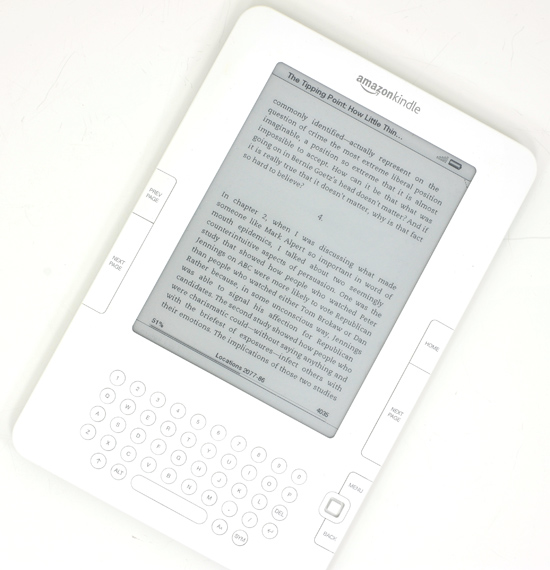
The Kindle 2 lets you carry an unreasonable number of books of course, so that solves the carrying problem. You also get free wireless access, wherever you get a cellphone signal, to Amazon’s Kindle Store. The books download in a matter of seconds and the process is very simple. You can also have books wirelessly delivered (for no additional charge) to your Kindle if you purchase them on a PC.
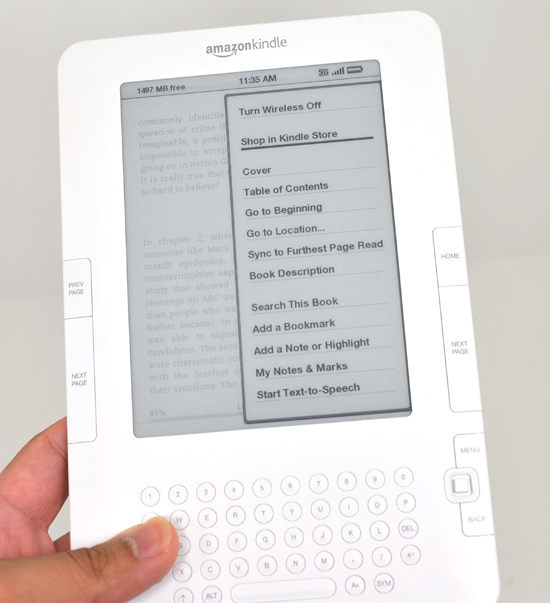
The biggest downside about the whole book carrying/acquiring aspect is Amazon’s Kindle Store is hardly complete. While the majority of books I’ve wanted to read on the Kindle were in the store, there have been a few notable exceptions. Unfortunately there’s very little recourse. You can send a note to the publisher on Amazon’s book store indicating your interest in a Kindle version, but you’re otherwise out of luck.
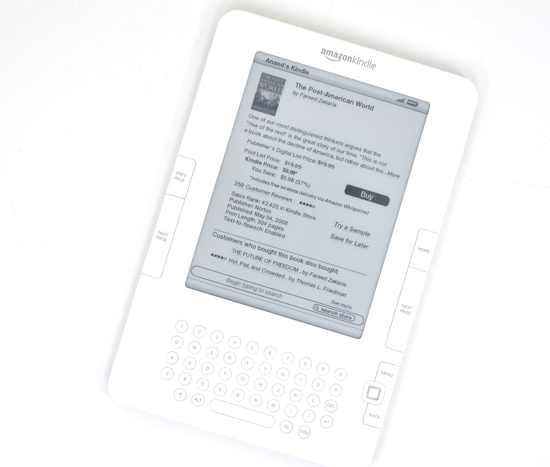
Normally the caveat about displays would come next. About how it’s easier to look at and feel pages of a book than read something on an underpowered PC. While the Kindle 2 and other ebook readers lack the flexibility of paperback, they use electrophoretic displays (EPDs) which are far easier on the eyes than an LCD.
Unlike LCDs, EPDs are static until the screen contents change - there’s no refreshing. That’s great for power consumption, but not so great for moving images, in other words - perfect for a book.
EPDs also have no backlight, they work by reflecting/absorbing light - just like a piece of paper. Unfortunately this means that reading a Kindle in bed at night requires a reading lamp, yep those still exist.
The end result is a very book-like display, perfect for reading text although not great for high resolution images. There’s just one last problem: most SoCs don’t have integrated EPD controllers, they are used to displaying on LCDs.
The Kindle 2 uses a separate EPD controller made by Epson. The external (to the system’s SoC) controller requires its own DRAM and NAND flash. The DRAM is used to store what’s currently on the EPD and what’s going to appear next, the difference of the two is needed to calculate how to charge the EPD to change the display. The NAND flash is used to store information about the specific display used in the device. There’s apparently a lot of display-specific tuning that the controller needs to be aware of, something that can very from one display to the next in manufacturing or even due to environmental conditions. The EPD controller stores data about the display it’s paired with in local NAND flash.
The problem with this approach is that it unnecessarily duplicates hardware. The Kindle 2 (and all other ebook readers) already use an application processor SoC which has its own flash and DRAM. But most SoCs feature an integrated display controller for conventional video outputs, not an EPD controller. You can probably guess where I’m heading with this.
Marvell’s ARMADA 166E: With Built-in EPD Controller
A couple of weeks ago Marvell announced its ARMADA line of ARM-based SoCs, among them was the ARMADA 166E. Based on Marvell’s PJ1 ARM CPU core, the 166E is designed for applications with low performance requirements like digital photo frames and ebook readers. The 166E is also the world’s first application processor with an integrated EPD controller. Not only does the integrated EPD controller reduce board size (you integrate one more controller), but it also reduces cost: you don’t need another package with an integrated NAND flash and you don’t need another DRAM.

Marvell is also going to be offering a complete platform around the 166E. Platform, in the ebook reader sense means the 166E as well as Bluetooth, WiFi and cellular network support.
Today Marvell is announcing that it has a number of customers currently developing ebook readers based on the 166E, with the first examples due out in 2010. As companies like Marvell make putting together an ebook reader easier, you can expect hardware vendors to jump into the reader business. We’ve already heard rumors of ASUS building an ebook reader as a part of its Eee lineup.
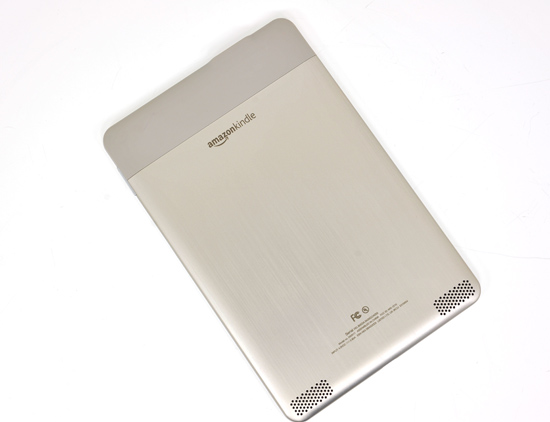
I’m not sure how large the market will get, or even if ultimately there’s room for a standalone ebook reader as a primary device; if it weren’t for the reliance on an EPD, I’d say that eventually the functionality would just get integrated into a tablet. There’s always the Kindle app for the iPhone.
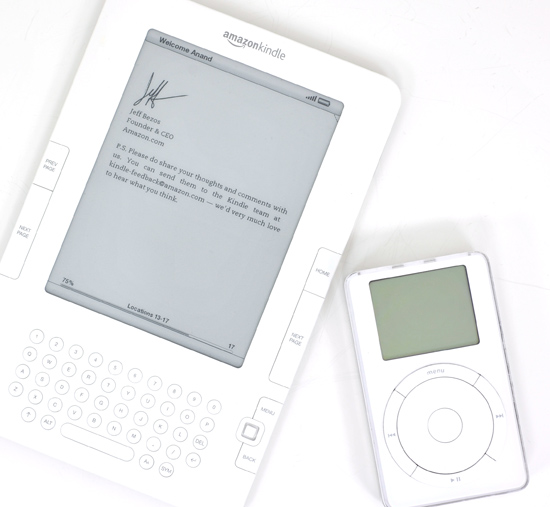
Looking back at my Kindle 2, I like it a lot. It’s definitely the iPod of the ebook world. Unfortunately for Amazon and other manufacturers getting into the ebook reader market, reading just isn’t as popular as listening to music. We probably won't see the same hype over ebook readers in 2010 that we did for MP3 players a decade ago, but it's their turn to shine.










51 Comments
View All Comments
edzieba - Wednesday, November 4, 2009 - link
I'll be waiting until the resolution is bumped up. 800x600? Pfff, useless. The Kindle DX is a step in the right direction, but far too expensive.medi01 - Thursday, November 5, 2009 - link
Sense make you not. 800x600 is more than enough for a 6" device.MonicaS - Wednesday, November 4, 2009 - link
I still think that the Kindle is pretty useless. It does what its supposed to do, but seems very limited for the price. I think if it cost only $50, then it would make sense, but for the price you can get devices that are for more capable. Its sort of like when the iPhone first came out and cost $600. There was no way it was worth that much, and clearly Apple didn't think so either as they dropped the price after a short while.Monica S
Los Angeles Computer Repair
http://www.sebecomputercare.com">http://www.sebecomputercare.com
rrinker - Wednesday, November 4, 2009 - link
Sure there's the paper-white display. But I've been reading e-books for YEARS now, going back to when a Palm III was a hot commodity. I stuck with the Palm platform through several versions, including two Palm-OS smartphones because I HATE to carry around multiple devices. I was tempted by the iPhone but needed to know one thing - was there an ebook reader app that could use all my existing Palm format files (I have hundreds if not thousands of free LEGAL ebooks). I found the Bookshelf app could do that, so I switched from my Treo 680 to an iPhone. Bookshelf allows the iPhone to do all that the Kindle does, download directly to the phone, or download to my PC and then wirelessly to the phone. If I felt like opening up the proper port on my firewall, I could remotely access the books on my computer at home.The screen size is a complete non-issue for me. I have far from perfect eyes, yet reading on the iPhone or any of my previous PDA devices has never caused eyestrain. Since the screen is illuminated, I can read in otherwise total darkness, no reading lights to disturb others.
Glad to see the rest of the world is catching up to where I was over 10 years ago.
Wolfpup - Wednesday, November 4, 2009 - link
I like the hardware pretty well. The form factor is pretty good, buttons pretty good, and in fact in some ways it's easier to use than a book (since you can actually use it one handed pretty easily, compared to a book where turning pages is harder). It's not flawless, and the resolution and contrast are TERRIBLE compared to a paperback, though still useable.But...Amazon'd DRM situation is hideous. Even worse than Apple's. On top of that, no replaceable battery?
I hope at some point we get an eBook store with no activation, the way most music has switched to that. I'll be a lot more excited about the whole category if that happens.
medi01 - Thursday, November 5, 2009 - link
Contrast is bad indeed, but resolution is more than enough.cjs150 - Wednesday, November 4, 2009 - link
All this is irrelevant until ebooks do the following:1. No DRM.
2. Massive selection of books which I can store on pc and download when I want
3. Screen refresh has to be instant
4. Very light but durable
5. If, as they allow, I can download my newspaper then I must also be able to do the crossword, sudoko and killer sudoko on it as well
Now we are close to getting there but Kindle fails on no 1 and 5 most of the others fail on all 5!
Let me know when we have something that passes all 5 and is not white
bobvodka - Wednesday, November 4, 2009 - link
My biggest issue with the Kindle etc is the screen size. I have ALOT of technical books based around programming and the like, however these books are often larger than the form factor the Kindle comes in which would require the text to be reflowed which, when combined with annotations etc doesn't work that well at the best of times.Now, the KindleDX is close to solving this problem as it has a nice large screen... now, if only you could get it outside the US.. *sigh*
dgz - Wednesday, November 4, 2009 - link
It's all cool but what happened to the promised Hydra review? MSI's Bing Bang motherboard?medi01 - Wednesday, November 4, 2009 - link
As there are very solid products from other companies, like Sony or IREX.